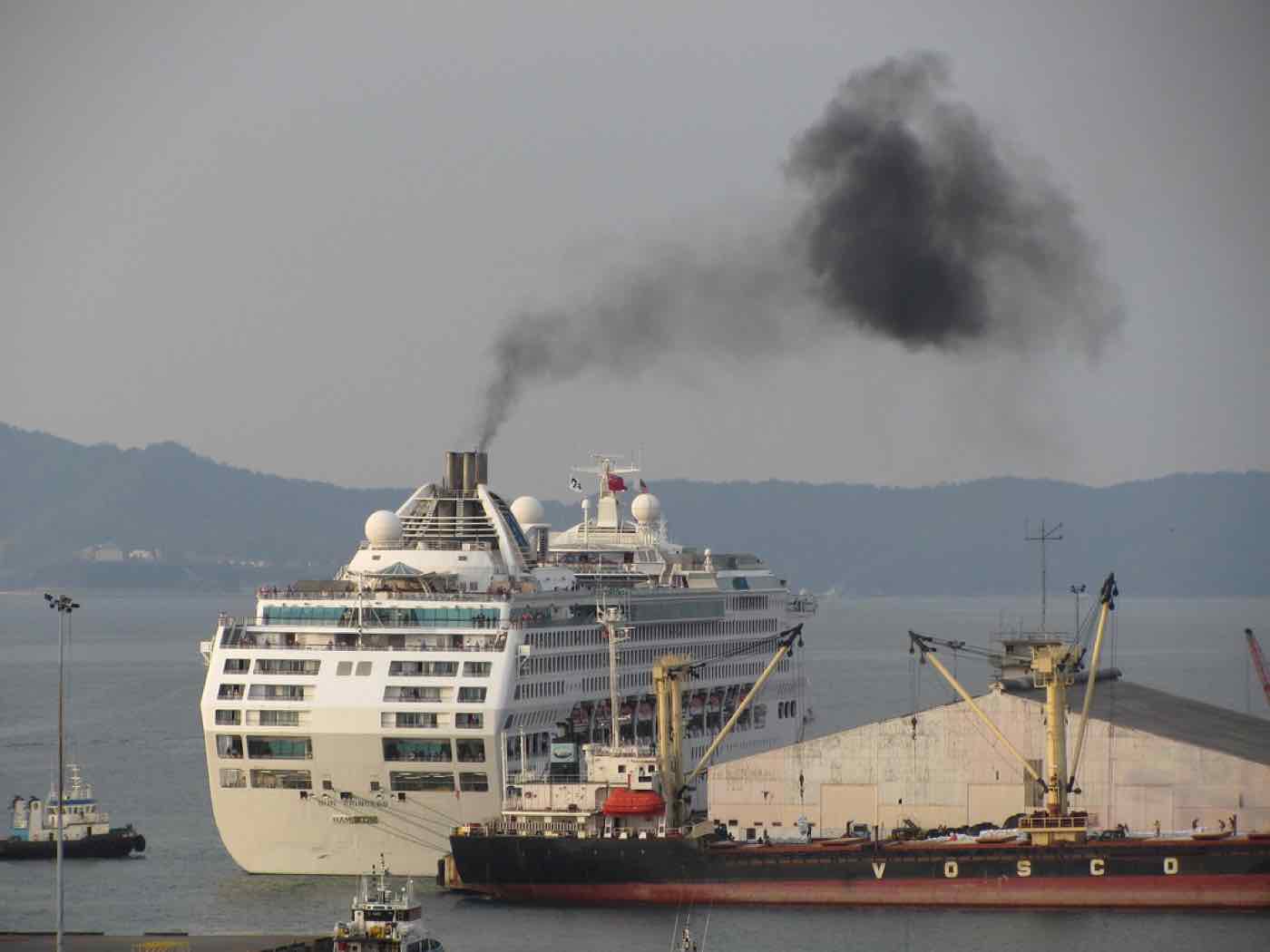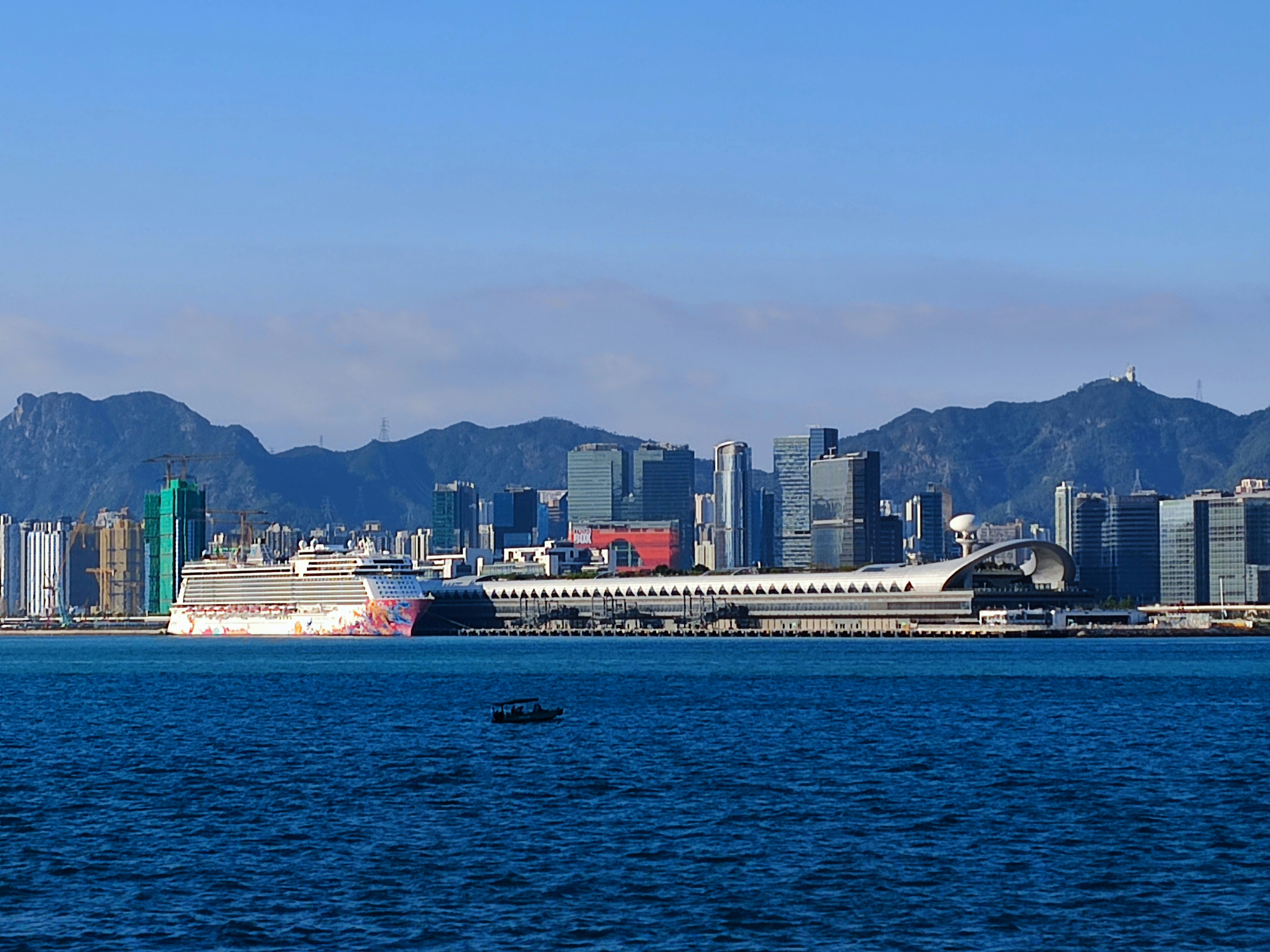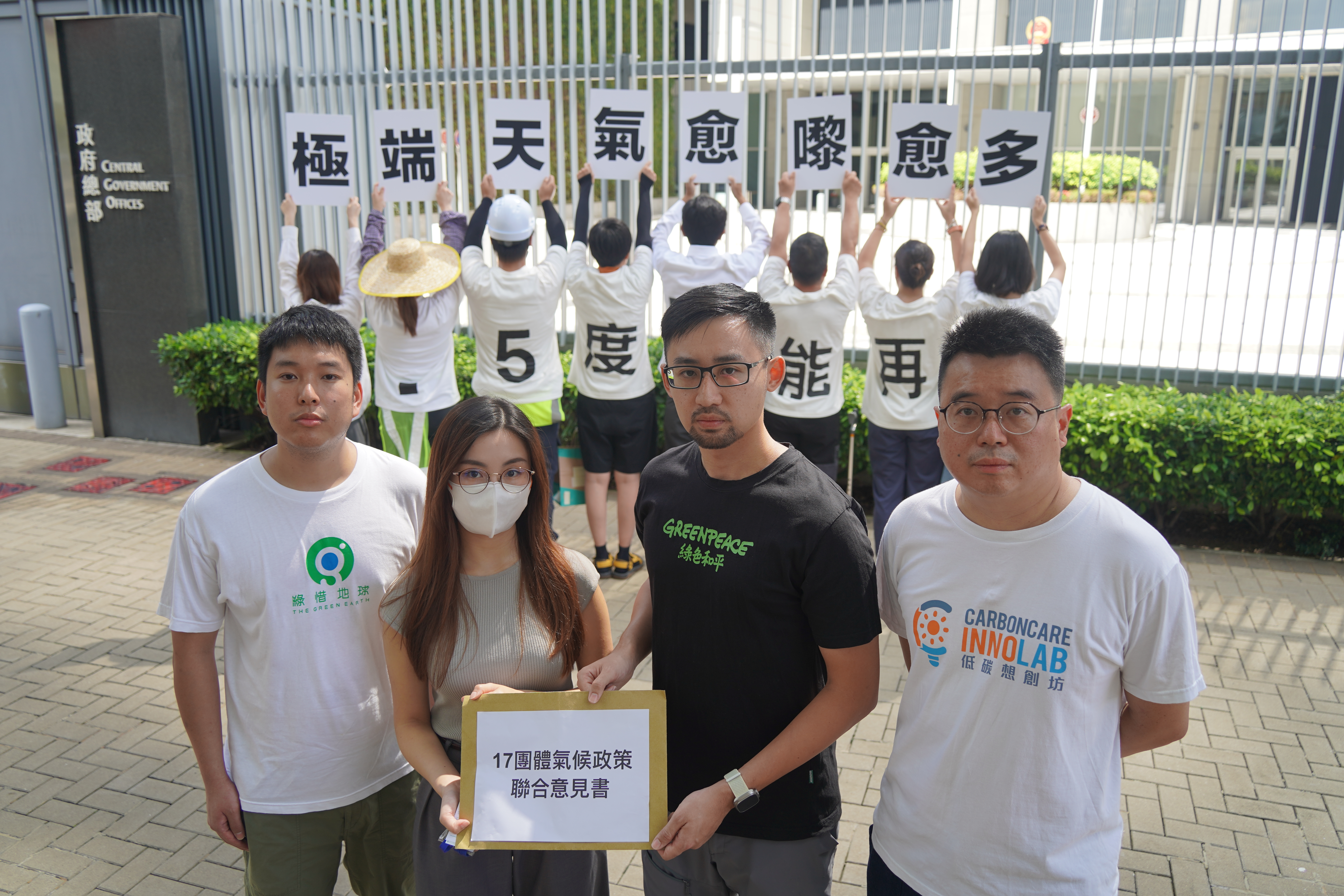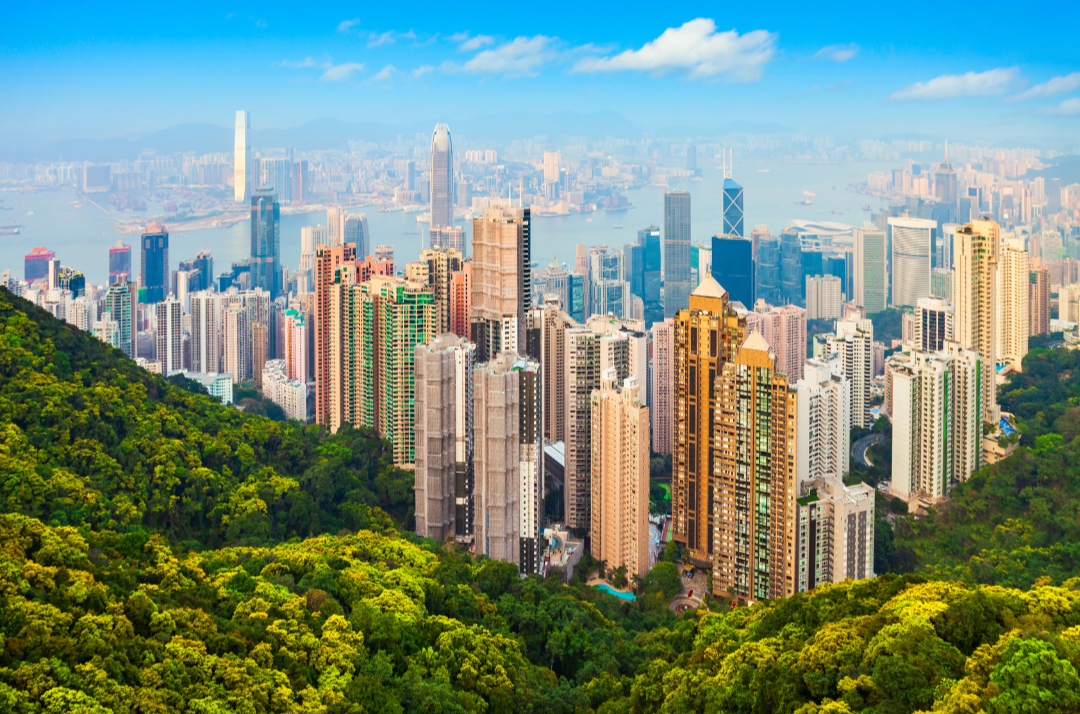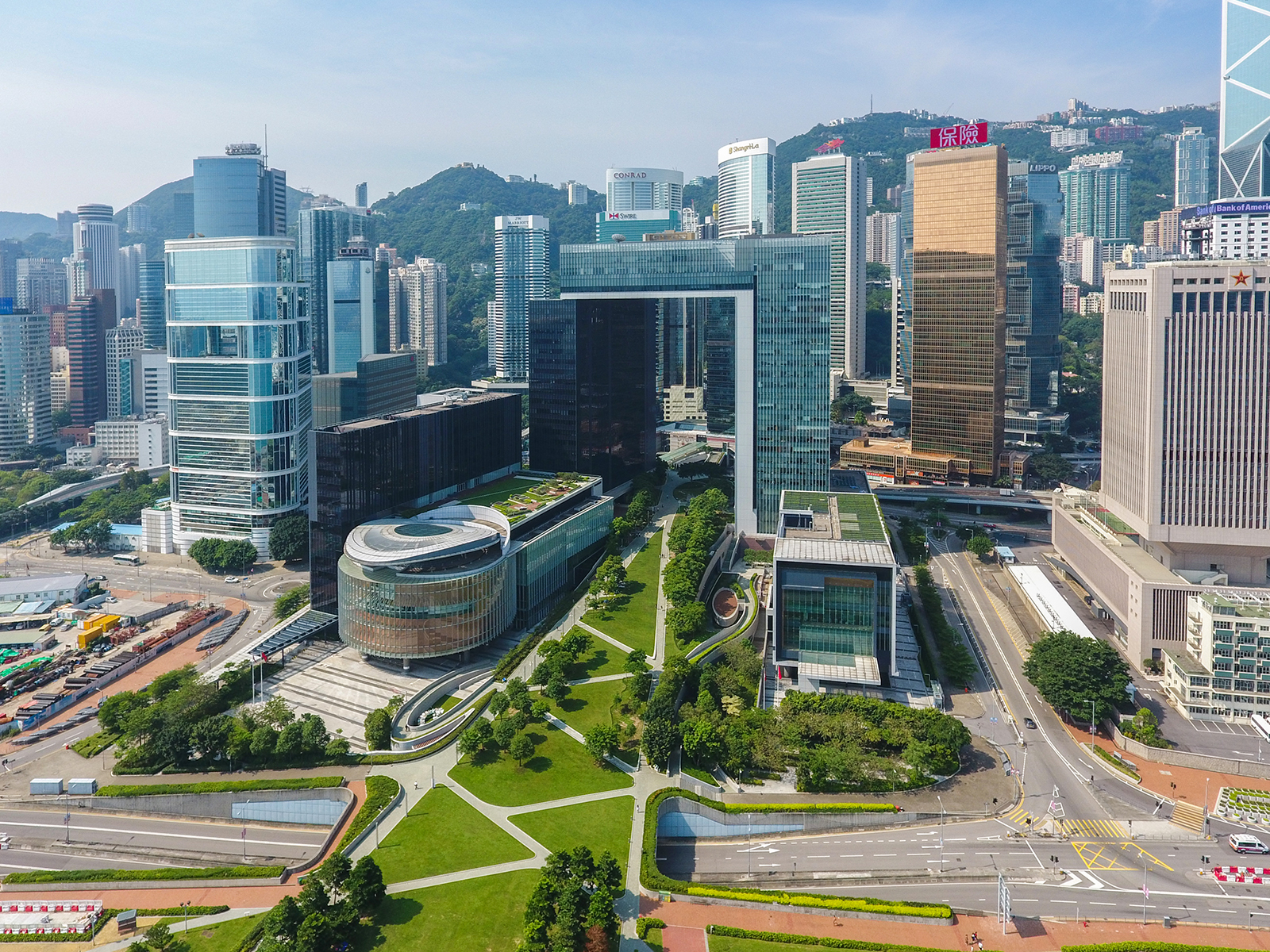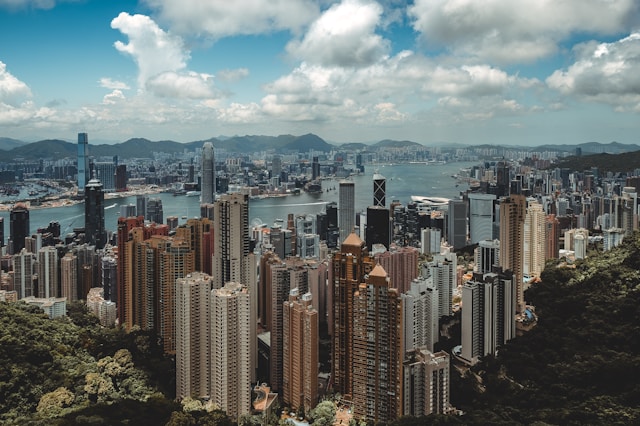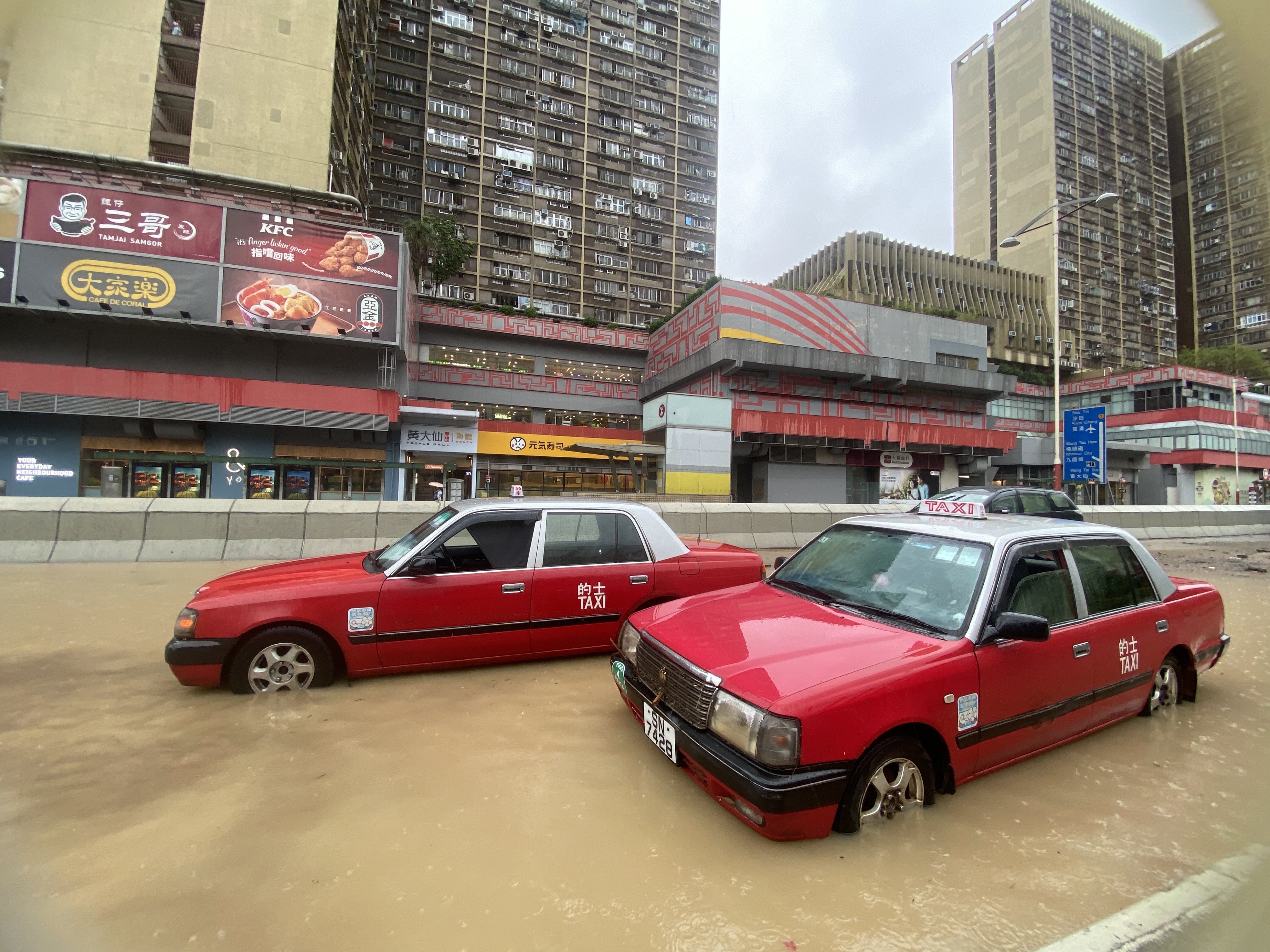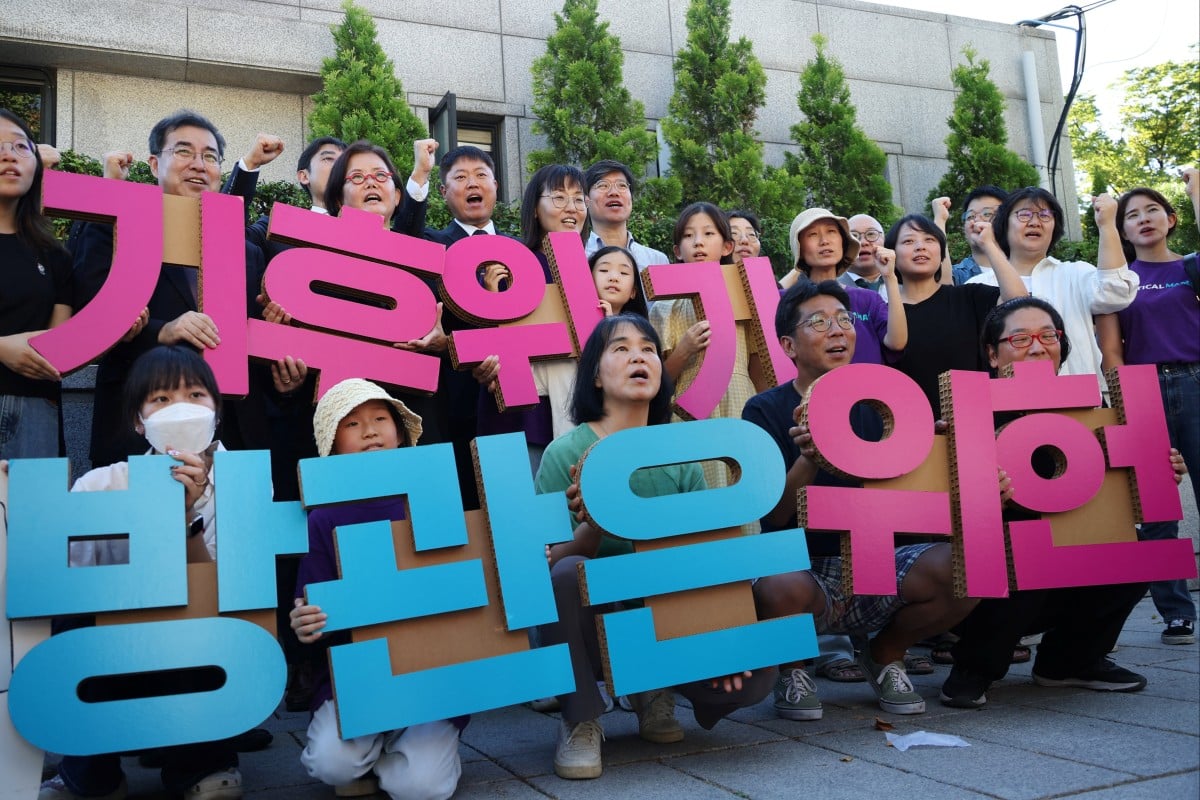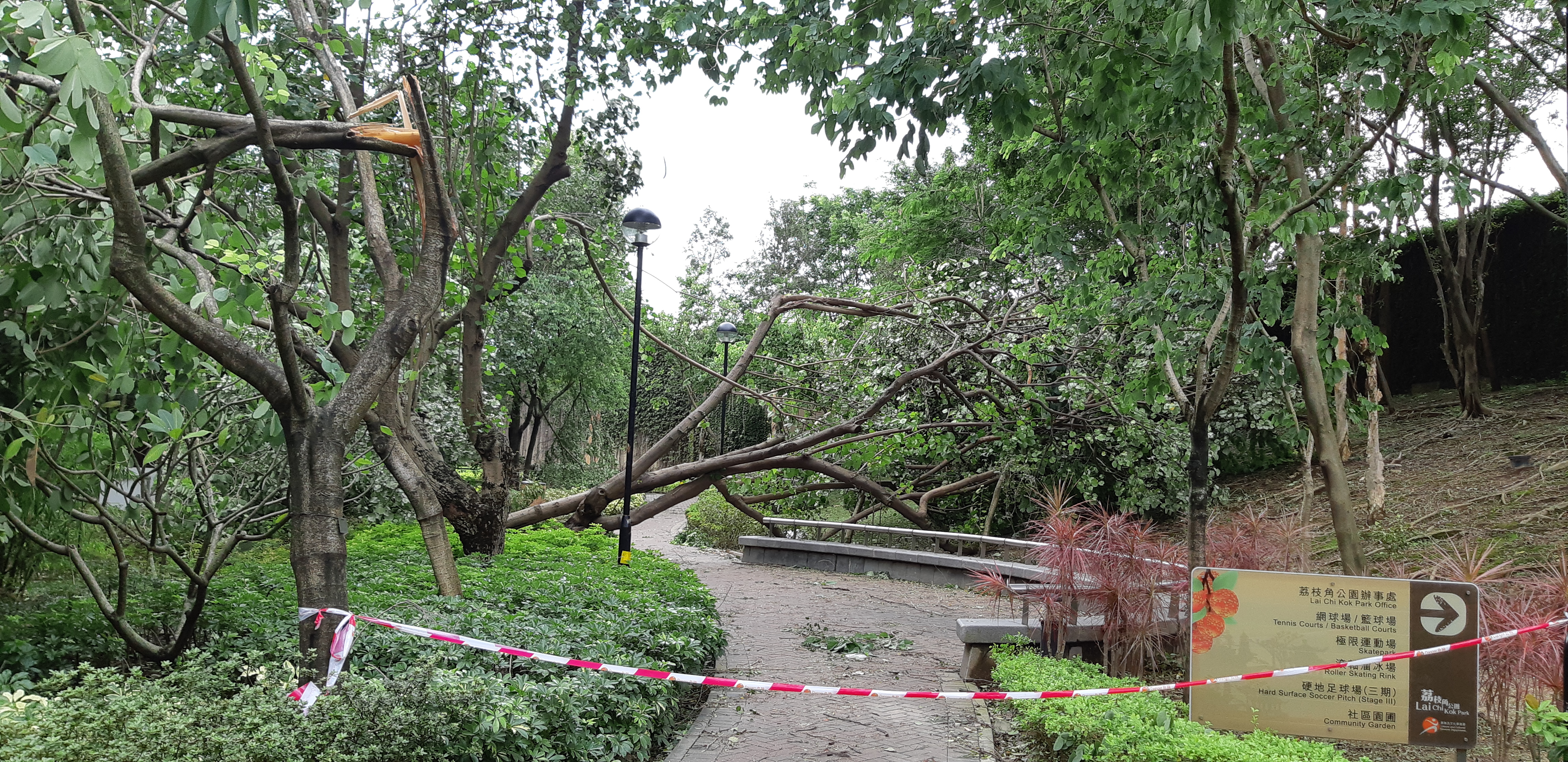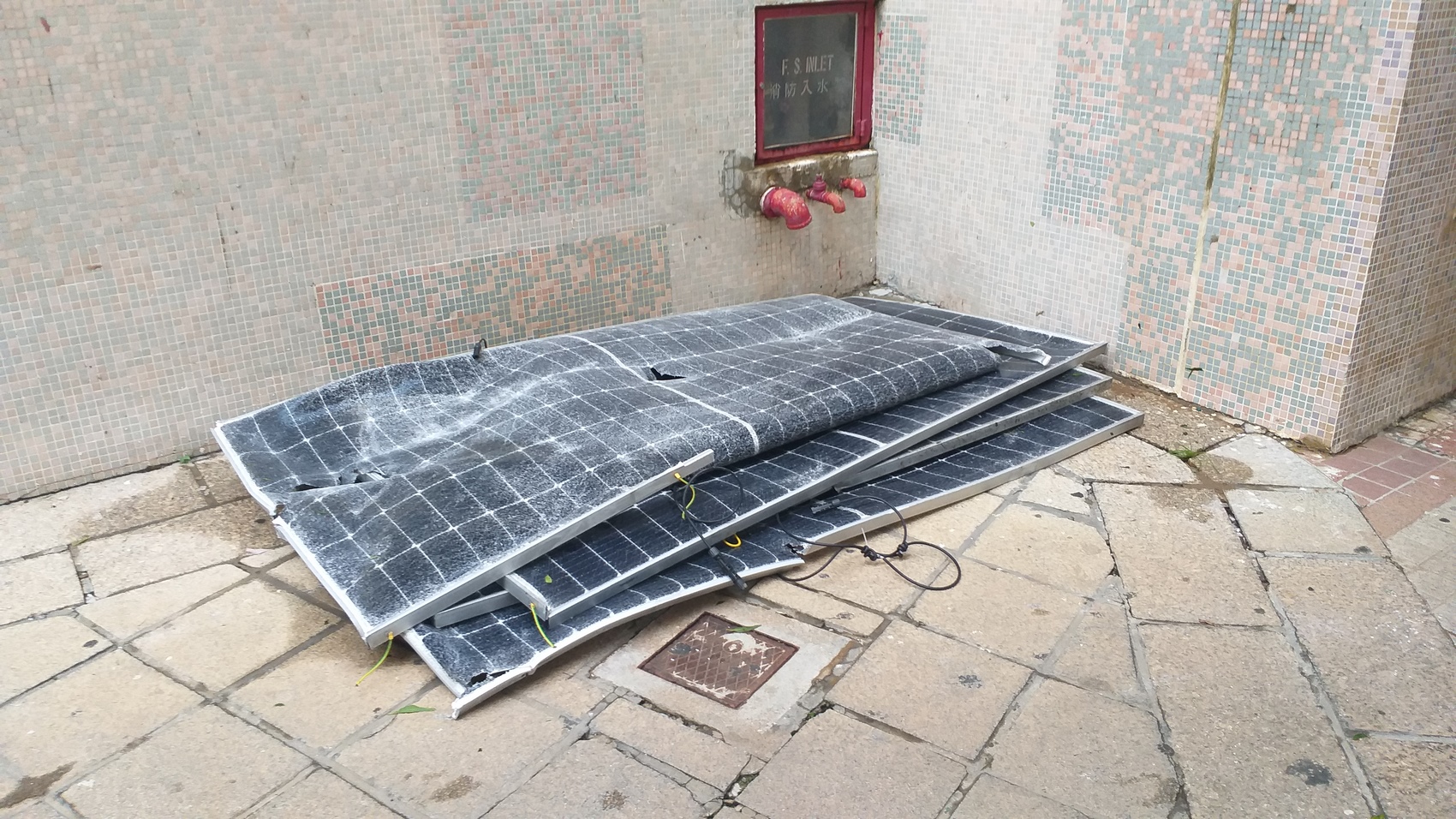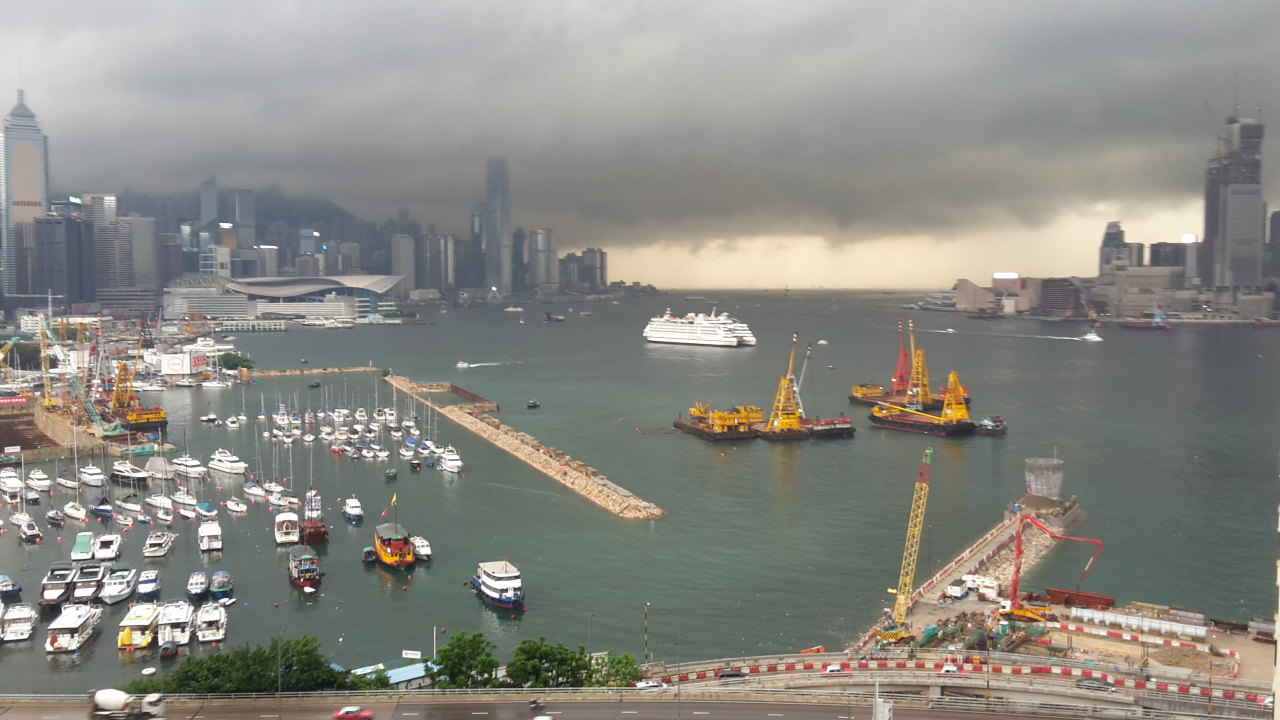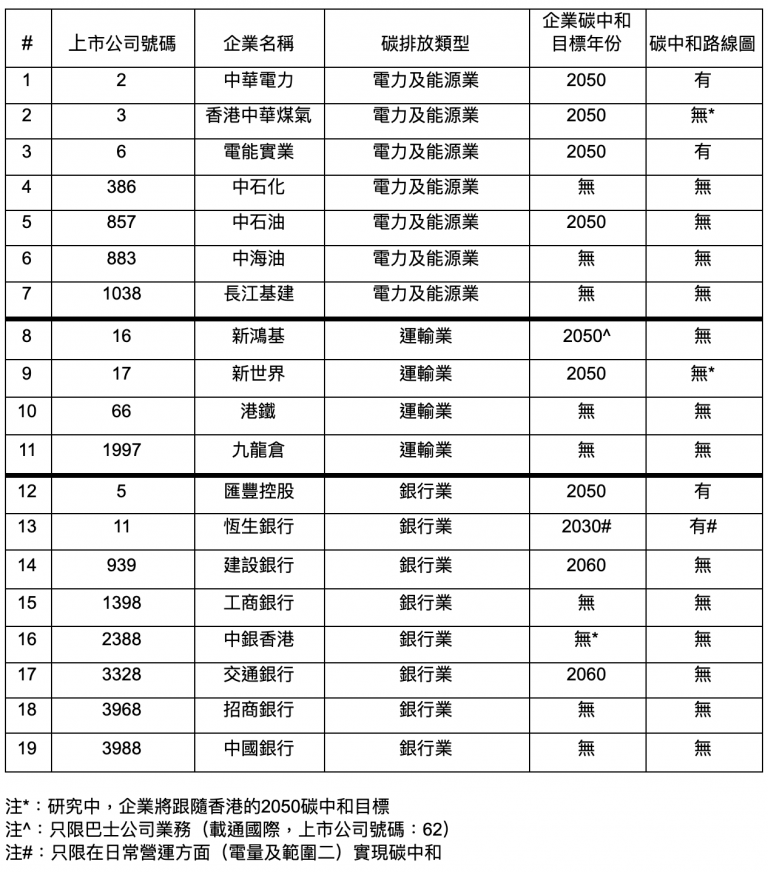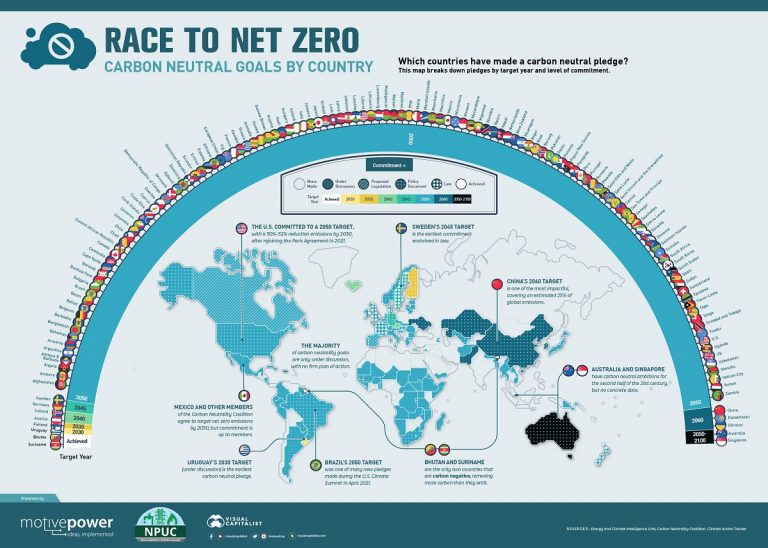Become a Carbon-neutral City Before 2050

In 2020, the government pledged Hong Kong to become carbon-neutral before 2050. In 2021, the Environment Bureau published the Climate Action Plan 2050, suggesting strategies to decarbonise electricity generation, transport and waste management.
The per capita carbon footprint of Hong Kong was 4.55 tonnes in 2022, while the official roadmap suggests to reduce emissions to between 2 to 3 tonnes by 2035 and to achieve carbon-zero before 2050.
Currently, the city relies heavily on fossil fuels (coal and natural gas) and nuclear for electricity generation, while renewables such as solar power has started to grow gradually when the feed-in tariff scheme was launched in late 2018.
Replacing fossil fuels with zero-carbon renewable energies requires substantial investments on infrastructure. The government must commit enough resources for a speedy and smooth transition to achieving the zero-carbon energy target.
Simultaneously, the government needs to further enhance the energy efficiency standards for buildings and equipment, and promote energy conservation to the business sector, households and education institutions, while the private sector should conserve energy by enhancing the energy efficiency of their buildings.
Energy conservation requires relatively smaller financial investments, while technologies are readily available on the market. Considerable energy and cost savings can be achieved in a short period if appropriate measures and technologies are applied.
By simply walking around your office and home or going out to some commercial districts to look around for energy-wasting situations, you will be amazed by the energy-wastefulness of the city. From light pollution generated by large signage, or LED walls to cool or even cold air blowing out from deliberately unclosed doors of commercial and government buildings. All these energy-wasting practices unnecessarily wasting a lot of energy and producing greenhouse gas emissions keep warming up the planet.
The Green Earth is pleased to help you identify the areas for improvement and is experienced in motivating your colleagues and tenants to improve through behavioural change and actions.
Contact us via our email [email protected] or phone 3708 8380.
Towards Carbon-neutral Hong Kong
First of all, we need to know that the three major contributors of the city’s carbon emissions are electricity generation (63 %), transport (19 %) and waste (8 %) as in 2022. These three aspects provide the production-based accounting for the city’s carbon emissions, while the embodied carbon arising from our consumption has not been included.
Currently, less than 1 % of the city’s electricity supply comes from zero-carbon renewable energies such as solar or wind. Though the uptake of electric vehicles (mainly private cars) is not slow compared to other Asian cities, these vehicles are still recharged by electricity generated mainly from fossil fuels, therefore we still have a long way to decarbonize the city’s transport.
To transform Hong Kong into a carbon-neutral city, the government must decarbonize the three major sources of emissions mentioned above according to a set of targets and timelines by the development of zero-carbon and clean energies locally and regionally via partnership with the Greater Bay Area. Additionally, landfills should not be the final destination for major organic waste like kitchen waste; it should be instead diverted to facilities capable of generating bio-energy.
Apart from decarbonizing the three aspects mentioned above, the city still needs to explore nature-based solution to enhance the city’s ability and pace in carbon reduction. Though agricultural land is limited in Hong Kong, pursuing regenerative agriculture on existing agriculture land is a proven natural way to transform gaseous carbon in the air to carbon substances locked by the soil and provide quality soil for food cultivation.
Though the city has designated 40 % of its land as country park, there are still lots of barren places not covered by forests or even vegetation. The government should collaborate with various sectors to increase the forest coverage by planting local tree species, which serve as a sustainable natural carbon sink for absorbing greenhouse gases.

To reduce the dependence on fossil fuels and nuclear energy
Locally, the city should speed up the development of renewable energies such as solar and wind to their full potentials. Off-shore wind farm technologies have advanced a lot today with much lower costs. Both power companies should seek approval from the government as soon as possible for the development of off-shore wind farms to provide the city with an option of zero-carbon clean energy.
The 17 reservoirs in the city are suitable venues for installing floating photovoltaic systems to produce zero-carbon clean energy too. With strict environmental monitoring and control, the government could use money raised from the green bonds to establish such systems on all reservoirs swiftly. The ongoing pilot projects launched at the two reservoirs have already demonstrated their viability and effectiveness.
The offshore liquefied natural gas receiving stations built by the local power companies for receiving LNG from worldwide can also be used for receiving zero-carbon fuels such as green hydrogen for electricity generation and transport.
Should the city accelerate the development of zero-carbon energy sources, we can greatly reduce our reliance on fossil fuels and nuclear energy which emit greenhouse gases and produce radioactive waste respectively.
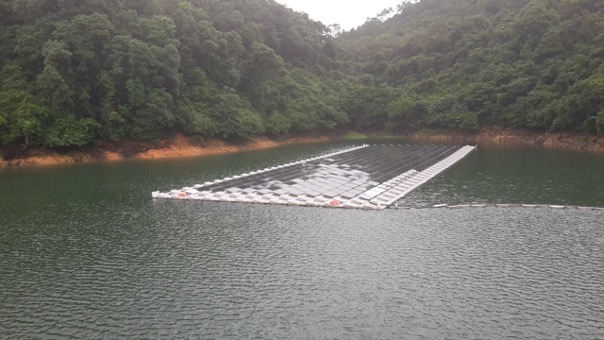


 Green Talks
Green Talks 


